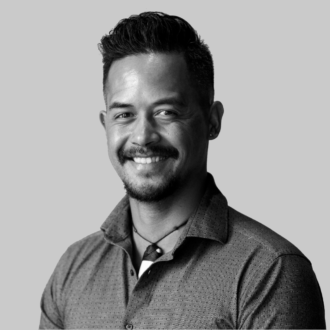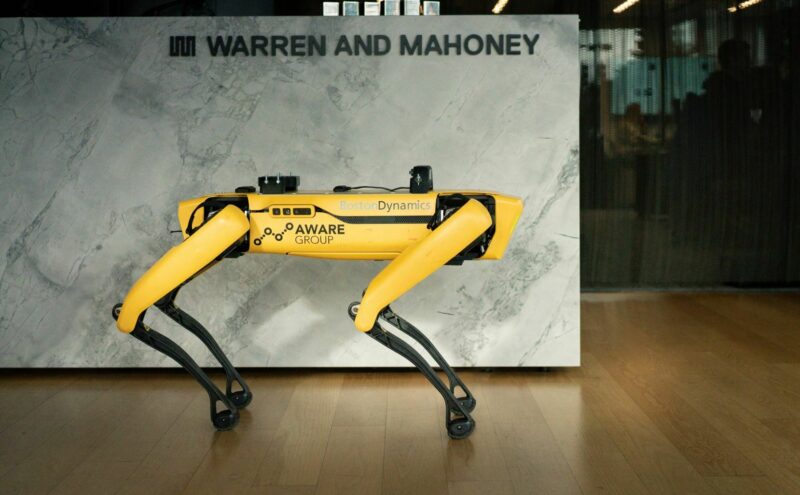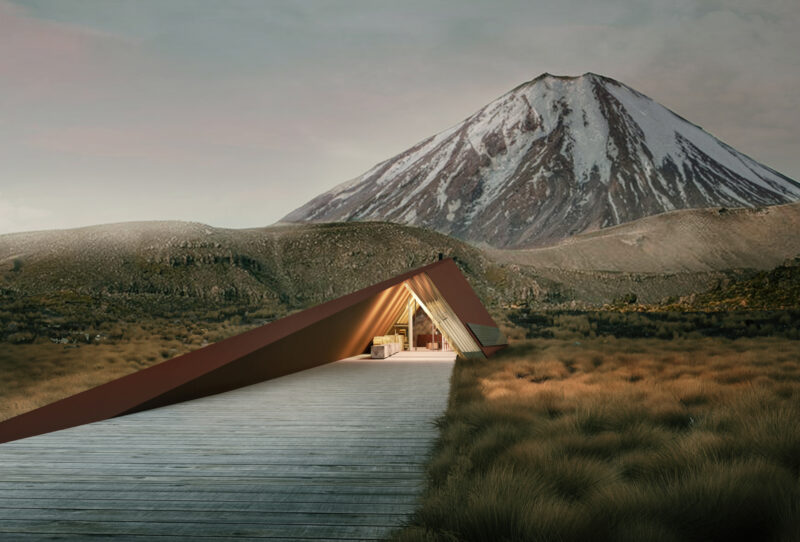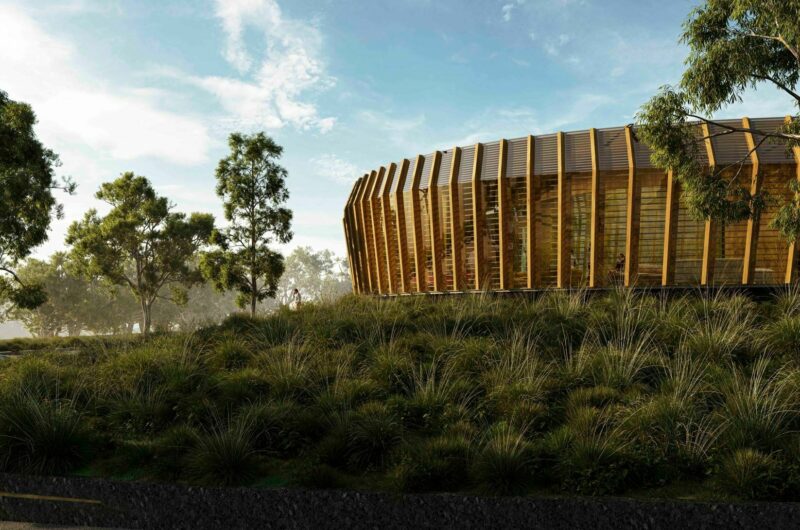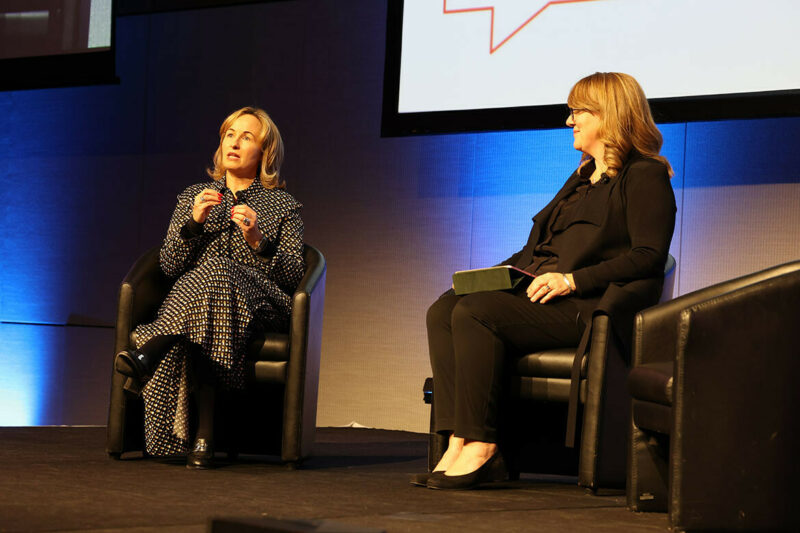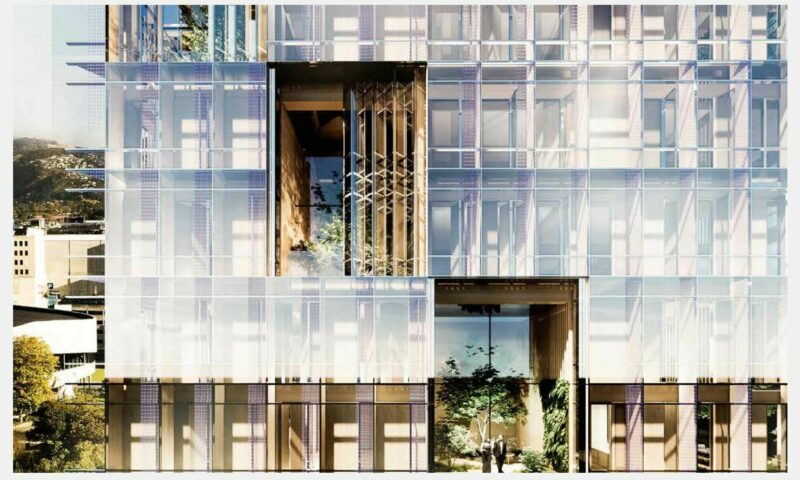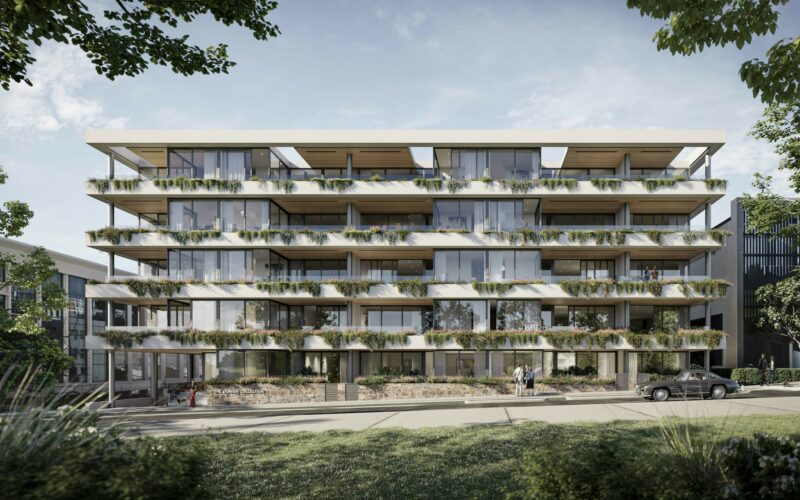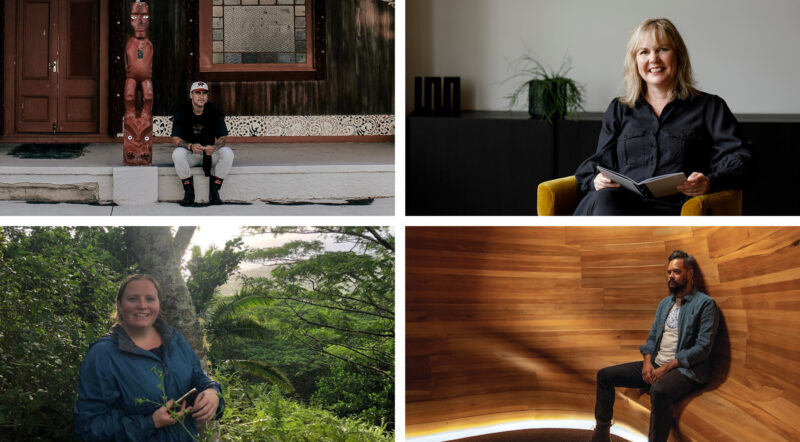Aotearoa is well placed to widely influence the design of the built environment by harnessing the knowledge of its unique Māori culture, says Whare Timu, Associate Principal and Warren and Mahoney’s Advanced Indigenous Design Unit – Te Matakīrea Lead.
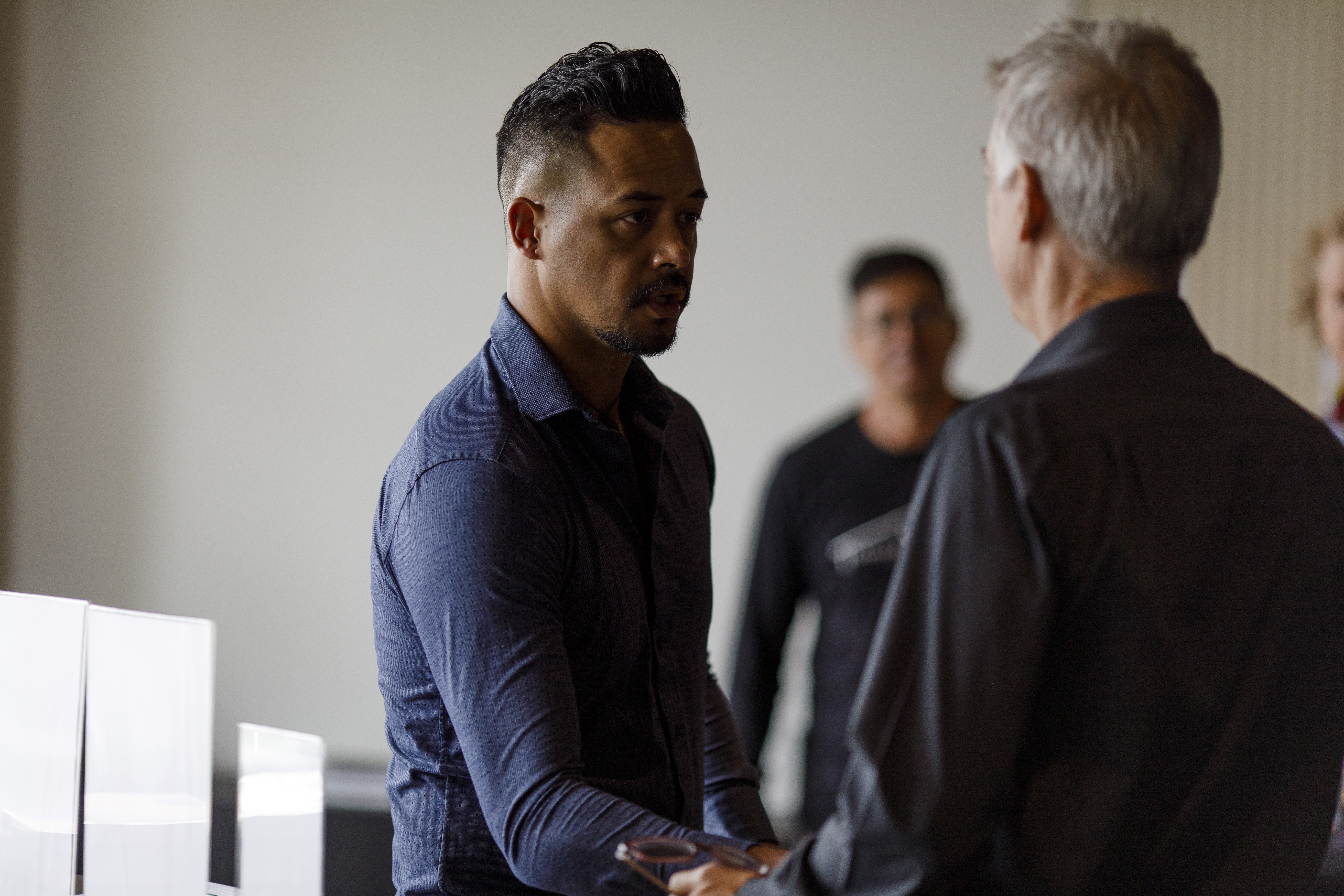
I’m deeply rooted in my Māori culture. Te ao Māori (Māori view) and tikanga Māori (protocol) play a crucial role for me, both personally and professionally, and I express this in the most positive way I can through the work I do. I was enrolled into the first generation of the kohanga reo (Māori language nest) programme in the late-eighties, and my connection to the reo, kapa haka, and Māori art is reflected strongly in my work today. I believe that to be true for any rangatahi with aspirations of being a designer who identifies with their Māoritanga. As one of the only architects practising in whaikōrero (oratory) and toi Māori (Māori art), I am in a position to encourage the presence of indigenous design within architecture.
Leading the advanced Māori cultural design unit, Te Matakīrea, at Warren and Mahoney, provides an opportunity to make an impact and to contribute to shaping the future of architecture and placemaking in Aotearoa. Our cultural unit ensures te ao Māori and the values and ideas of our mana whenua partners are interpreted and realised in our project work that is tika (holds truth), pono (fair) and built with aroha (compassion). Te Matakīrea translates as “to advance”. Our purpose is to keep exploring across boundaries and work from new perspectives, enabling us to create architecture with more meaning, understanding and depth.
To incorporate indigenous architecture and authentic design into our projects, we need a gateway to facilitate this from the outset; to bring together people with a good understanding of mātauranga Māori and those who speak te reo to better influence and shape the projects we build. This is where Te Matakīrea comes in.
Our aim is to help create ownership for our stakeholders and the wider communities. We want to enable everyone to co-decide the aspirations and the methodology of the project. After gathering this information, we turn it into a co-design process that is reflected in the design outcomes.
A good example where people from all backgrounds were brought together, and where cultural collaboration was key, was the Sir Howard Morrison Performing Arts Centre in Rotorua. The land it sits on was gifted by my mother’s iwi, Ngāti Whakaue, and from the outset there was an immense amount of work done to invite dialogue between the local council and iwi. Taking that approach was hugely successful.
My tipuna (ancestors) had a unique sense of our ‘landscape’, where it includes past, present and future. It is how they built for future generations and how we express ourselves in our environment. It is through our whakapapa (geneology) we connect with whānau (family) and whenua (land), flora and fauna. The way they built their environments were to be complementary with the land, maintaining a relationship that worked with the ecology. The built forms of shelter were designed around natural features and integrated as components that were secondary to the natural environment. These are lessons that are passed down and that I reflect on as a practitioner.
When it comes to the way indigenous people can impact the design of the built environment, Aotearoa is in prime position to influence the world and harness our wider indigenous connections. If we really want to make the right kind of positive impact on design the best approach is to take on the distinctiveness of our country, which is everything Māori and how we celebrate it.
Overseas we talk about our culture and the Māori practices such as kōwhaiwhai (the painted arts), uhi (surface chiselling) and whatu (finger weaving) which are passed on from generation to generation, all through design. We have a lot of provenance when it comes to expanding our indigenous culture and really making a positive difference. Being part of the South Pacific and part of a country that has a Treaty, others want to learn and converse with us and are watching to see what we do.
As Kiwi architects, we need to empower indigenous architecture both in Aotearoa New Zealand and the Pacific to benefit all projects going forward.
